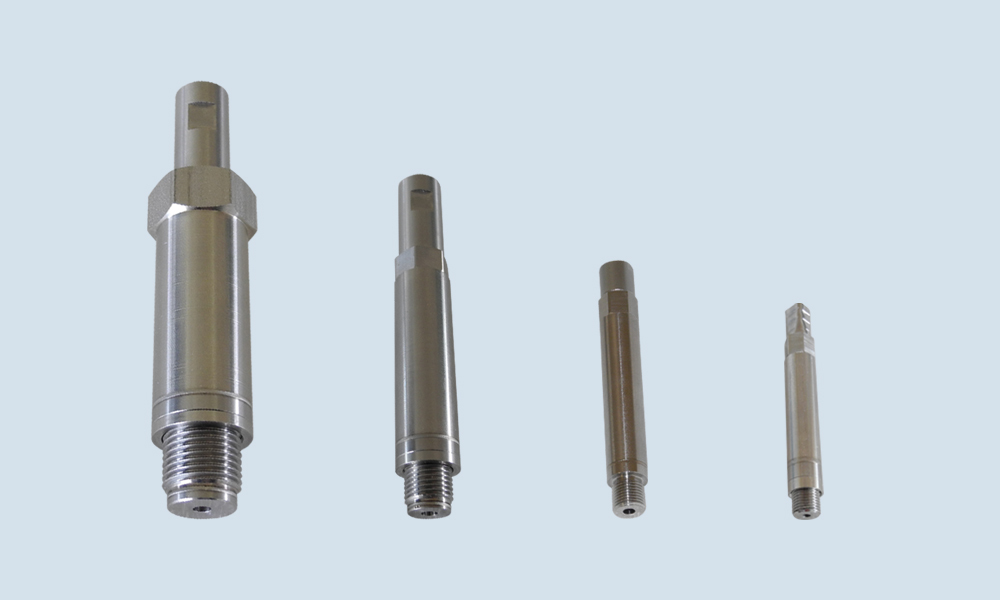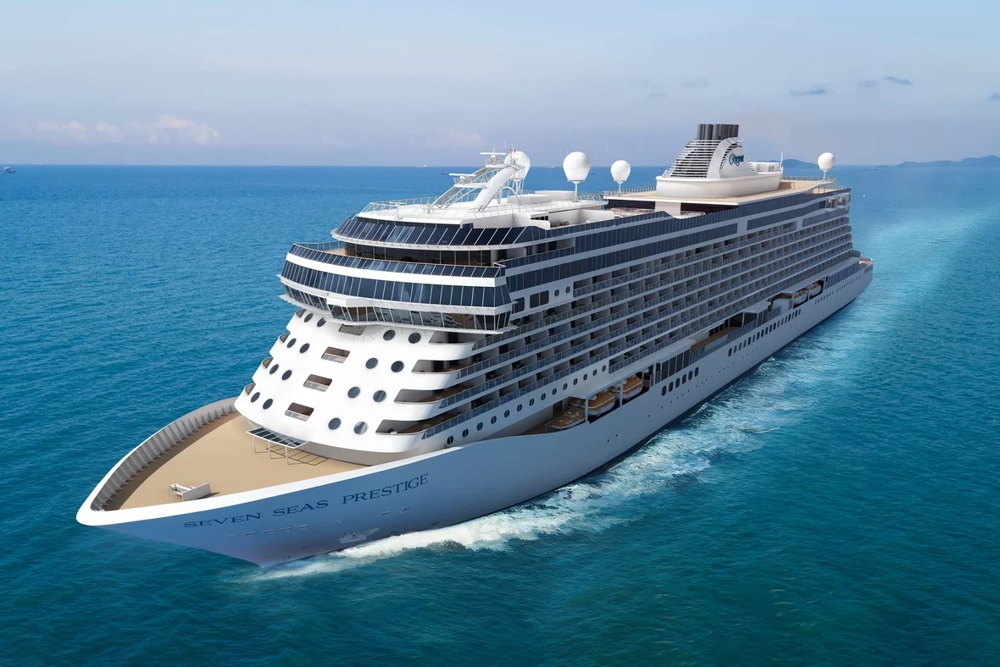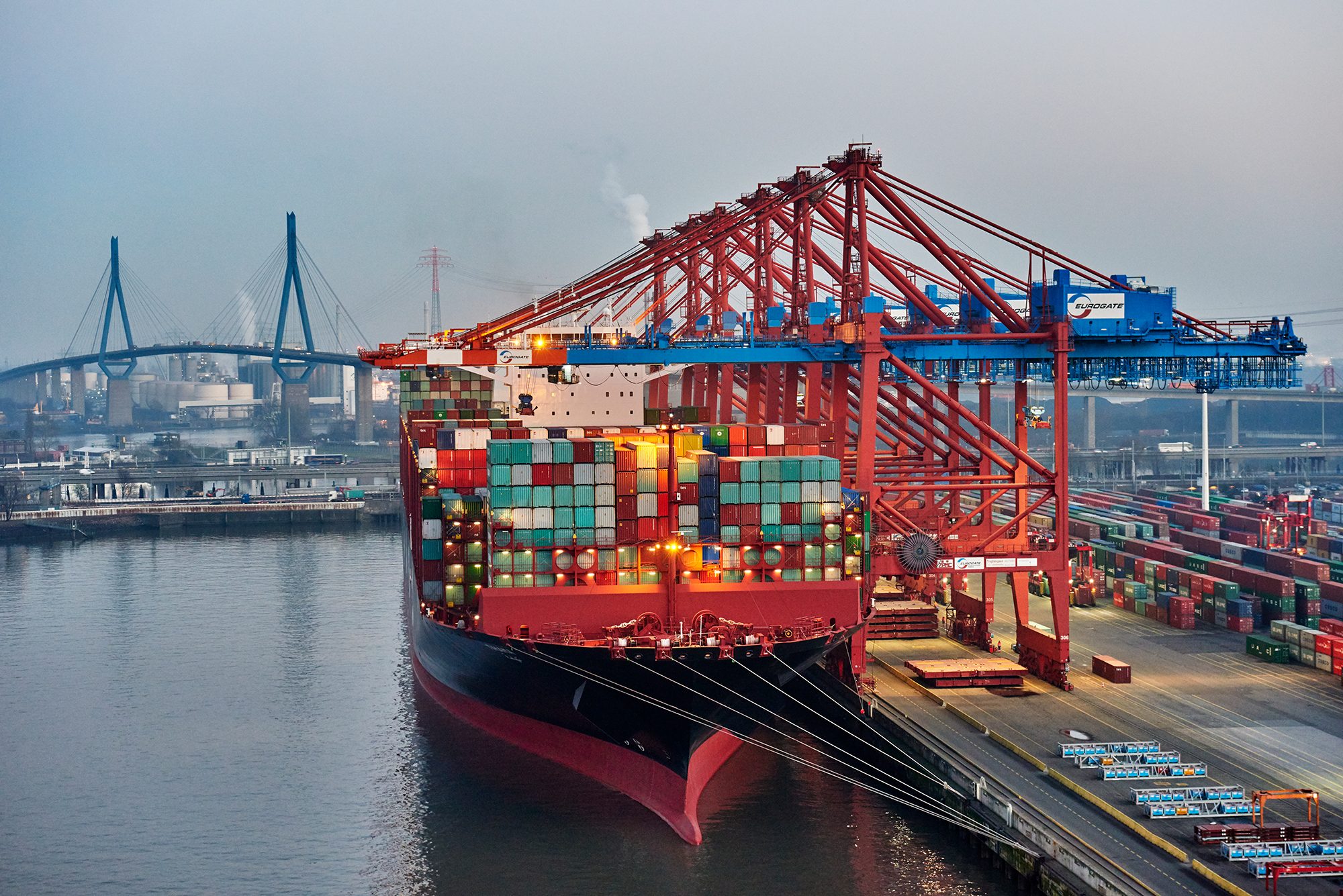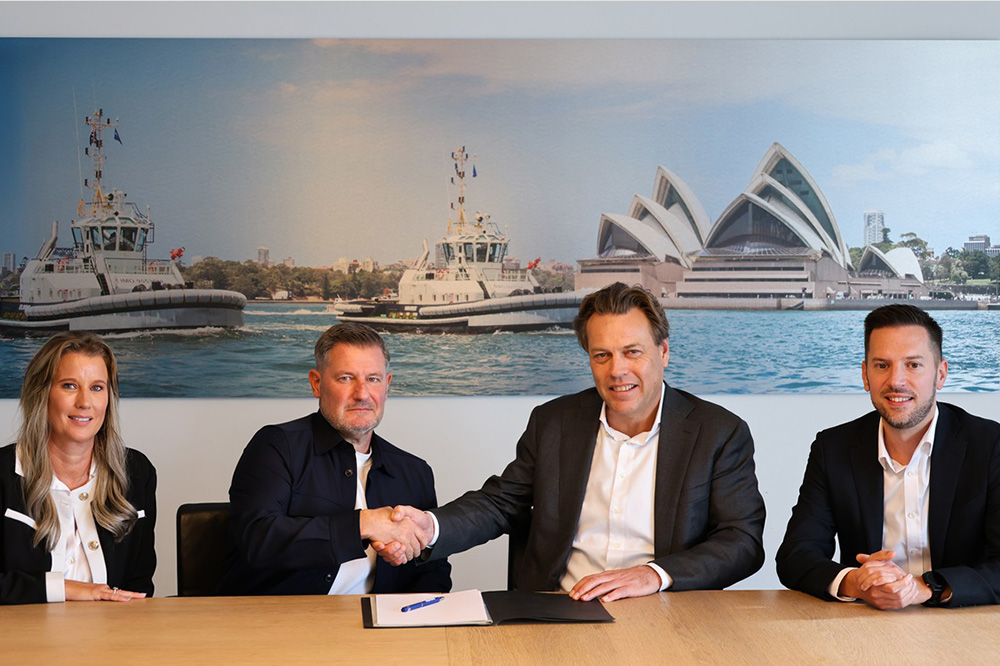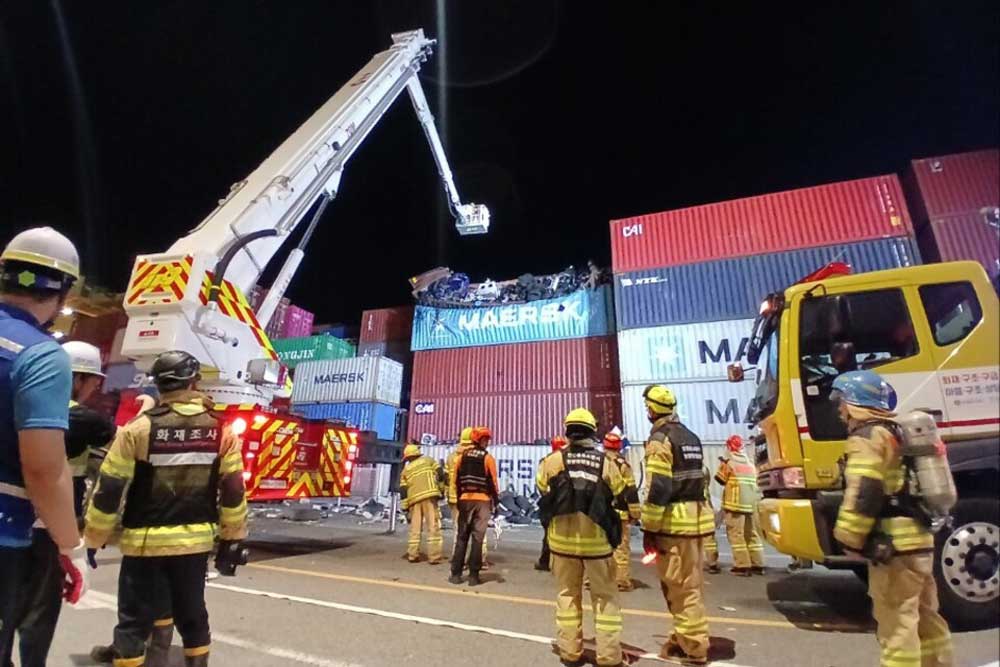In 2023, global shipbuilding production recovered, prices rose and the order situation was good. China accounted for 50% of shipyard production for the first time.
Global shipyard production rose by 10% year-on-year to 35 million compensated gross tons (CGT) in 2023, with China accounting for 50% of CGT production for the first time South Korea supplied 26% and Japan 14%. In Europe, market share in shipbuilding was lost. [ds_preview]
As the latest data from Clarksons Reseach shows, Chinese shipyards increased their deliveries by a further 16% year-on-year to 17.5 million CGT. South Korean shipbuilders also increased their output by 16% to 9.1 million CGT. While Japan was able to increase by 1% to 4.9 million CGT, deliveries in Europe fell by 31% year-on-year to 1.7 million CGT. The CGT measure developed by the OECD, which takes into account not only the volume converted but also the value added depending on the type of ship, is intended to make global shipbuilding production comparable.
China leads in shipbuilding for bulkers, tankers and container ships
China was able to achieve its top position by leading the market in bulk carriers (62% of production compared to 33% for Japan), tankers (41% compared to 39% for South Korea) and now also in container ships (61% compared to 29% for South Korea), although South Korea dominated in LNG (83% compared to 17% for China). Historically, South Korea’s share of production peaked at around 35% in 2016, according to Clarksons, but Japan was at times around 50% in both the 1970s and 1980s (the UK was frequently above 50% between 1900 and 1950).
Given the increase in production in South Korea (and to a lesser extent in Japan and Europe, but with Chinese production remaining the same), we at Clarksons Research expect global production to reach around 40 million CGTs in 2024 and 2025. In 2023, the number of active shipyards building ships with a deadweight tonnage of more than 20,000 dwt fell by 11% from 175 to 155, while the number of shipyards building ships of 1,000 GT or more fell by 13% from 424 to 371.
China’s shipyards also dominate in terms of orders
Chinese shipyards also dominated in terms of incoming orders, with 60% of orders by tonnage in CGT, while the global order backlog rose only slightly until 2023 (by 4% in CGT) and remained at a historically low level (12% of fleet capacity). Shipyard capacity utilization is around 3.5 years and shipyard prices rose by 10% over the course of the year. Prices for new ships are therefore only 7% below the 2008 peak, but 35% lower when adjusted for inflation.
Exchange rates and steel costs benefited Asian shipyards at times, according to Clarksons, but pressure on labor costs remained a challenge. China also remained the market leader in ship repair yards, followed by Turkey and Singapore. Clarksons saw a slight increase in scrubber retrofits and an increase in energy-saving technology (EST) retrofits.
More tankers in the order book
Overall, Clarksons Research 2023 recorded a good order intake with more than 41.7 million CGT worth $115 billion (decrease in CGT and value, increase in DWT and GT). The order backlog has only increased by 4% year-on-year to 124m CGT with a total value of $367bn, 50% of the order backlog by tonnage is now alternative fuel fired. Clarksons observed an increase in orders for tankers (+222% by dwt, albeit from a low base) and bulkers (+12% by dwt). Although orders for container vessels, measured in TEU, fell by 43%, this still represents a historically high volume, supported by the continued investment by shipping lines in green fleet renewal programs (83% of capacity ordered was powered by alternative fuels).
For car carriers (PCTCs), 2023 was a record year with 80 orders worth $8.1 billion (79% alternative fuel, 98% including “ready” orders), and there was also a good volume of orders for gas (e.g. 68 VLGCs# and 66 LNG). There were also some good orders in the smaller vessel market (e.g. shortsea / MPP, offshore wind, ferries) (with innovative alternative fuels / ESTs) and with the recovery of the cruise market, some discussions on large vessel projects started.
Greek shipping companies made 60% more investments in newbuildings year-on-year (USD 18 billion, the highest Greek investments by dwt since 2013) and for the first time since 2018, European owners made more investments than Asian owners.












